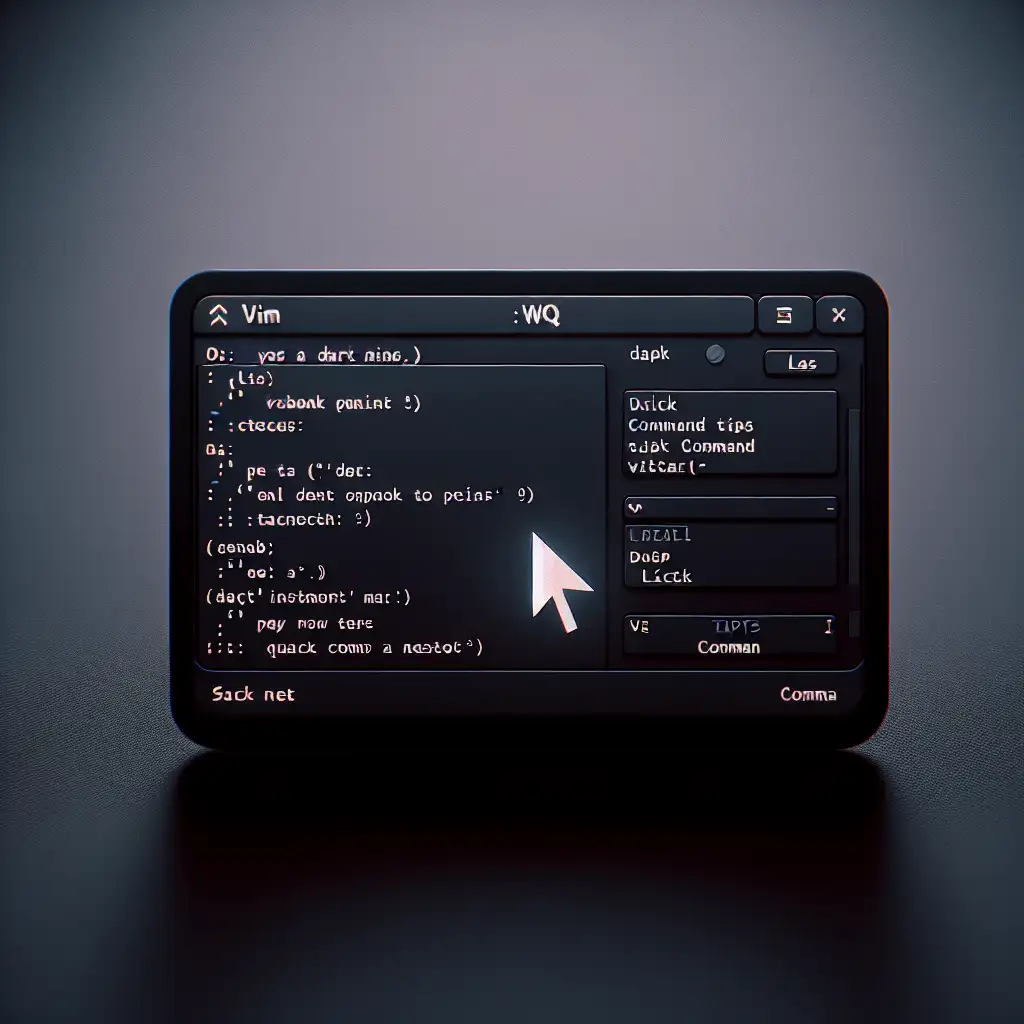How To Exit From Vim: Practical Exit Strategies Every Developer Should Know
Accidentally opened a file with Vim—crontab -e, a misconfigured .gitconfig, or just the default $EDITOR? Stuck trying to quit and faced with an unfamiliar (often hostile) modal interface? Every engineer encounters this at some point; Vim exit commands have a reputation for a reason.
Vim—tested here using version 9.0—defaults to modal editing. If you try to quit without the right keystrokes, Vim blocks you and, critically, can leave temporary files or buffers open. Save yourself time and avoid stray swap files with these precise exit strategies.
Exiting Vim: The Minimum Required
Q: How do you cleanly exit Vim, preserving data integrity and avoiding unintentional file states?
| Scenario | Command | Effect |
|---|---|---|
| Save changes, then quit | :wq or ZZ | Writes file to disk, exits Vim |
| Quit, discarding changes | :q! | Exits; discards unsaved edits (no undo on reopen) |
| Save, stay in Vim | :w | Writes file, editor remains open |
| Quit if unchanged | :q | Exits only if buffer unmodified; warns otherwise |
Note: Commands must be run from Normal mode (Esc).
Command Details and Engineer Notes
Save and Quit: :wq vs. ZZ
:wq- Enters command mode (
:), writes (w) buffer to disk, quits (q) editor. - Confirmed to work even if multiple files are opened via
vim file1 file2.
- Enters command mode (
ZZ- Shift-colon not required; just two uppercase Zs (
Shift+Ztwice) from Normal mode. - Fastest method when editing a single file, avoids stretching for
:.
- Shift-colon not required; just two uppercase Zs (
Example session:
$ vim /etc/hosts
[edit some entries]
<press Esc>
:wq
or, from Normal mode:
ZZ
Gotcha: ZZ only saves and quits if changes are pending; otherwise, it behaves like :q.
Discard and Quit: :q!
If you see an error like:
E37: No write since last change (add ! to override)
you have unsaved changes. To exit forcibly, removing all modifications:
:q!
This leaves the filesystem untouched. Remember, any in-memory edits are lost; recovery isn't feasible post-quit.
Save Changes Only: :w
Periodic disk writes (:w) are useful with unreliable network filesystems (NFS), or before a risky refactor. Keeps Vim open, minimizing window/context switches.
:w
" Displays: '"/etc/hosts" 12L, 257B written'
Exit Unchanged: :q
If you've viewed or searched but not modified:
:q
If changes were made, Vim responds:
E37: No write since last change (add ! to override)
At this junction, decide: :wq (save) or :q! (discard).
Advanced Exit Scenarios
Working with Multiple Files:
:wqall- Saves and quits all active buffers. Critical for batch edits or mass refactors.
:qa!- Force-quits all, discards unsaved data in each buffer.
Partial buffer; stuck swap file:
Occasionally, Vim throws:
E325: ATTENTION
Found a swap file by the name ".foo.txt.swp"
Exit any stray instances before editing, or use vim -r to recover changes. If buffers are left open on crash, clean up with:
vim -c 'q!'
One Practical Example
Editing a system config over SSH, with sudden network loss:
- Before network interruption, frequently run
:wto avoid losing work mid-session. - If session is interrupted, unsaved changes are lost unless swap recovery is performed (
vim -r yourfile). - If Vim is left in a detached state (e.g., tmux), reattach and use above exit flows.
Non-obvious tip:
Vim’s :x command acts like :wq but only writes the file if changes were made—a subtle performance gain on large files or over remote mounts.
Known Issues & Trade-Offs
- Not all key combinations translate identically in embedded Vim integrations (e.g., within git commit windows, Docker
docker execshells, or cron). Sometimes, only:wqis supported. - Some terminals remap
ZZor do not forward certain keystrokes—especially in containerized environments or serial consoles.
Final Notes
Mastering Vim exit commands removes a common stumbling block for both newcomers and seasoned engineers. Specifying intent (save, discard, save-and-stay) avoids stray buffers and ensures edits are deliberate. If you’re scripting around Vim (e.g., automating config edits), ensure an explicit exit command is provided with vim -c 'wq' file.txt.
For further efficiency, consider a personal .vimrc mapping to streamline common exits—but that’s another discussion.
References:
- Vim documentation:
:help quitting - Real-world context tested using Vim 9.0, Ubuntu 22.04 LTS
